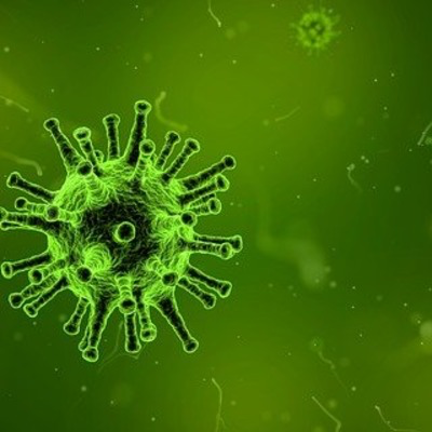
Vaccines are designed to stimulate the immune system to recognize a foreign object, like a virus, or to fight defective cells, like cancer cells. As long as people have been using vaccines to prevent or fight disease, they have been looking for ways to make the vaccines work better.
ngredients that boost the effect of vaccines are called. Immunologists do not fully understand how some earlier adjuvants work. This makes identifying new adjuvants difficult.
A team of chemists and biologists in Japan report that they might have found a new approach to classifying adjuvants. They found that molecules that are able to self-assemble and mimic similar structures found in viruses. The body cannot differentiate between real viruses and the fake viruses (adjuvants) so the immune system targets both of them causing strong immune responses.
The team screened a library of 8,000 molecules for their ability to self-assemble. Researchers found 116 self-assembling molecules that also activate immune cells called macrophages. Macrophages are a type of immune cell. They recognize and destroy foreign invaders like bacteria. They are also involved in other immune responses. These cells release proteins called interleukins that can signal other immune cells and increase the strength of the immune response.
The approach led to discovery of a molecule called cholicamide. This molecule has two key features of a successful adjuvant: a virus-mimicking structure and macrophage activation. This was the first adjuvant discovered using a molecule library. Researchers hope their new approach will lead to similar discoveries to combat emerging viruses and other diseases, including cancer.
https://pixabay.com/illustrations/virus-microscope-infection-illness-1812092/
